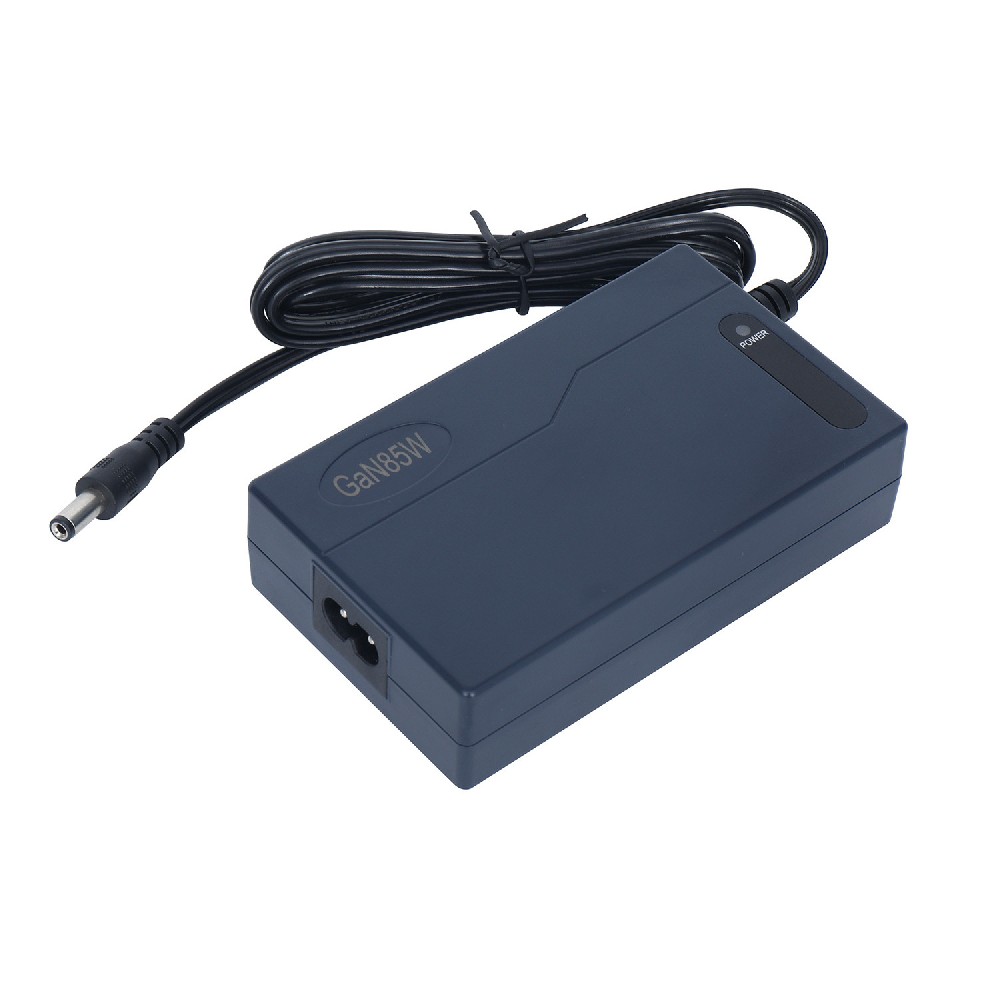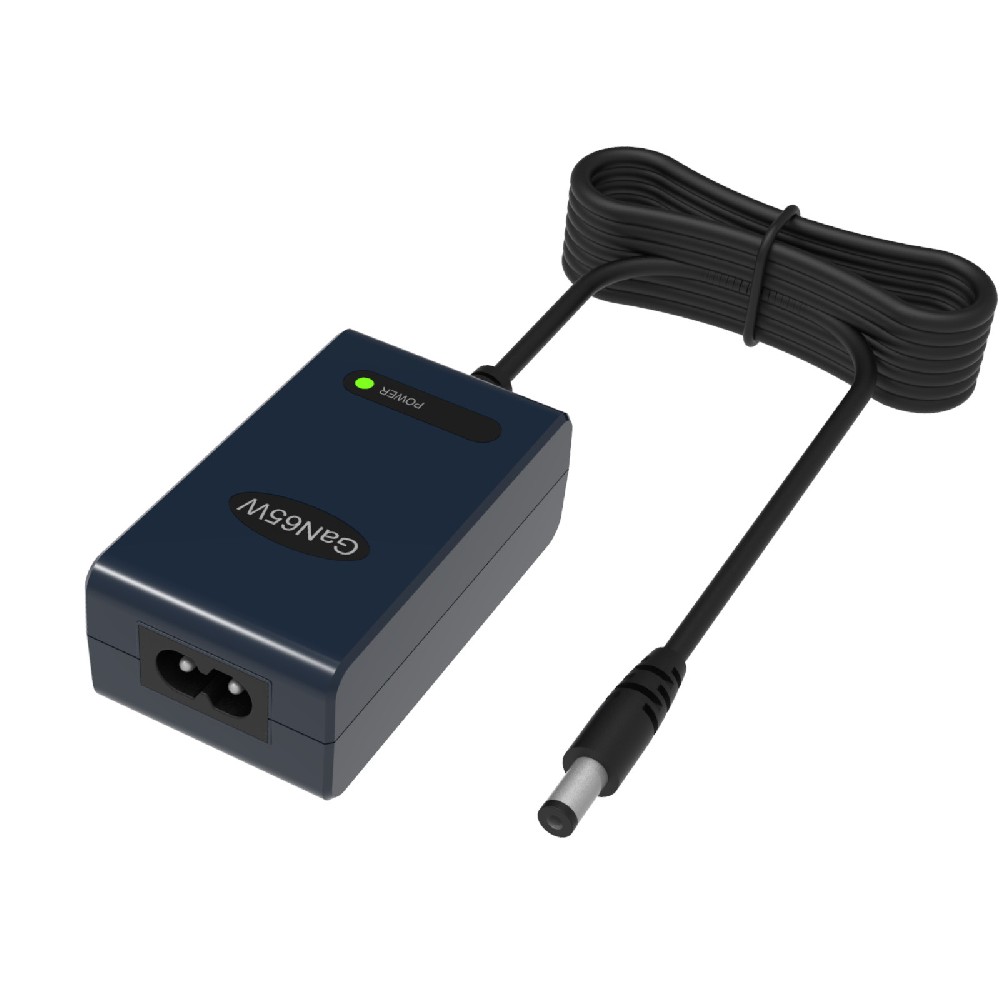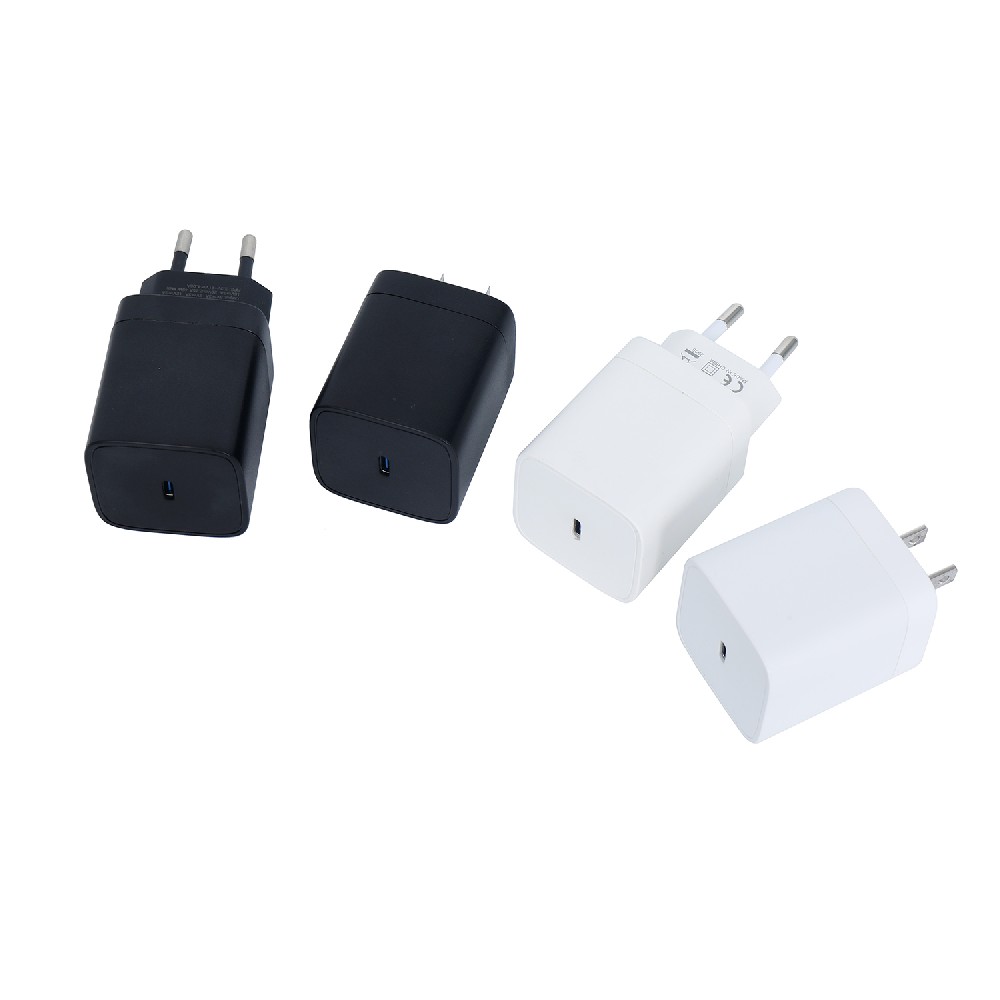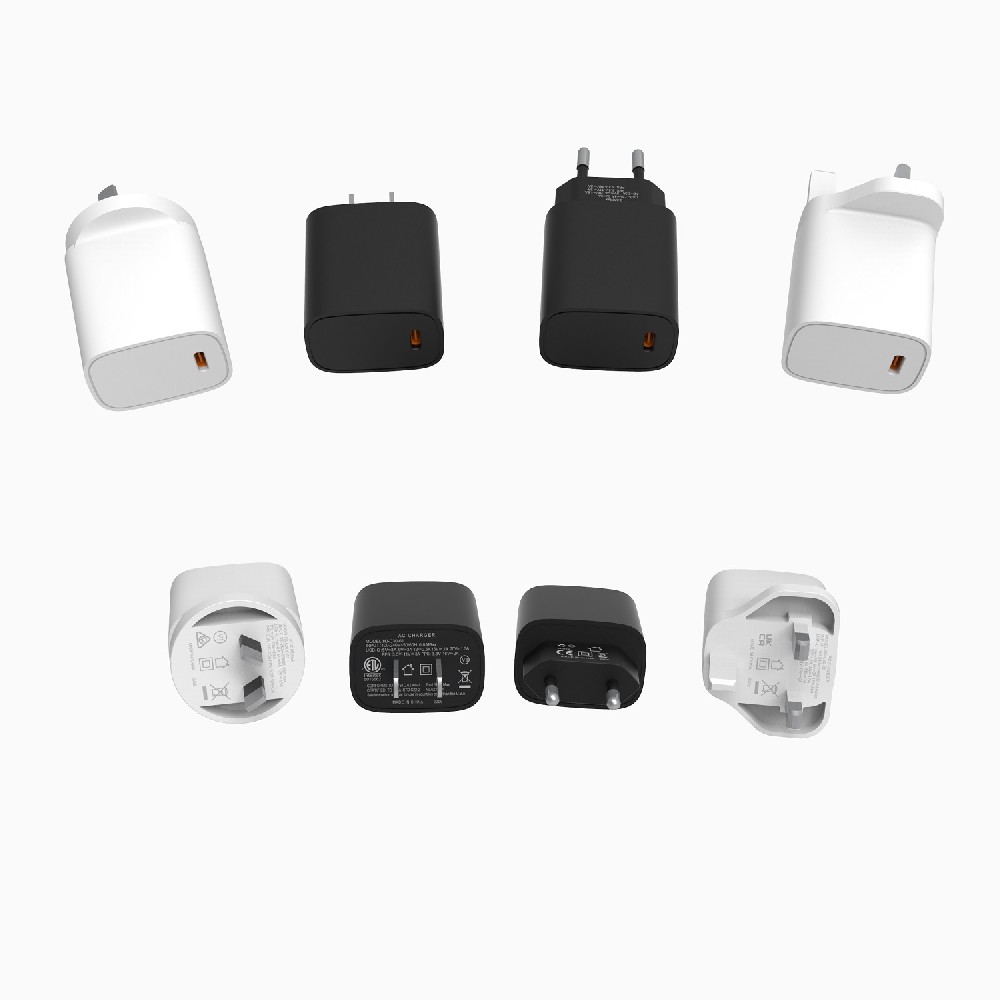Information Center
The Battle of the Chargers: Linear vs Switch-mode Circuit - Which One Wins the Efficiency and Speed Race?
Published:2023-06-25 10:35:34 Author:Green WCND Views:46Battery Charger Circuit
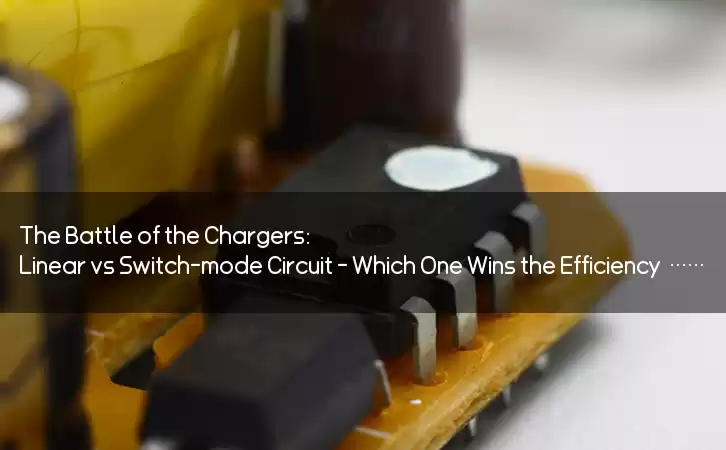
With the increasing use of battery-powered devices, the demand for battery chargers is also growing rapidly. A battery charger circuit is a device that converts AC voltage to DC voltage and supplies it to a battery for charging. These circuits are widely used in portable electronic devices, electric vehicles, and other battery-operated applications.
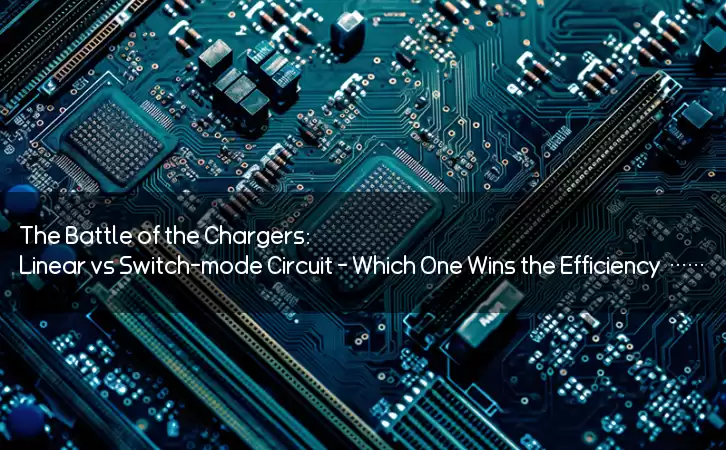
A battery charger circuit consists of several components such as transformers, diodes, capacitors, voltage regulators, and resistors. The main function of these components is to convert the AC input voltage to DC voltage and to regulate the output voltage to the required level. The battery charger circuit can be broadly classified into two categories, linear chargers and switch-mode chargers.
Linear chargers are simple designs that use a transformer to reduce the AC voltage, followed by a rectifier bridge to convert AC voltage to DC voltage. The DC voltage is then regulated using a linear voltage regulator. Linear chargers are cost-effective and easy to design but have low-efficiency ratings. The low efficiency results in a longer charging time and a higher electricity bill. Furthermore, linear chargers generate excess heat, which can damage the circuit components.
Switch-mode chargers are advanced designs that use a high-frequency transformer and a switching regulator to increase the efficiency of the charger circuit. These chargers use MOSFETs or BJTs as the switching device to switch between the input AC voltage and high-frequency DC voltage. The high-frequency AC signal is then rectified using a diode and filtered using a capacitor. Finally, the output voltage is regulated using a switching regulator.
Switch-mode chargers are more complex to design and are more expensive than linear chargers, but they offer higher efficiencies, shorter charging times, and reduced heat generation. Switch-mode chargers also support fast charging, where the battery can be charged at a higher current rate, reducing the charging time even further.
In conclusion, battery chargers are essential components for battery-powered devices. The selection of the charger circuit depends on the application and the battery type. Linear chargers are simple, easy to design, and low-cost but have low efficiency and generate excess heat. Switch-mode chargers are advanced designs that offer higher efficiencies, shorter charging times, and reduced heat generation but are more complex to design and more expensive. The choice between the two is often determined by the application requirements and the user’s budget.
Power Adapter Design and Customization Guide for Portable Electric KettlesI. Common Design Types for Portable Electric Kettle Power AdaptersPortable electric ke···
I. Common Design Types of Power Adapters External Independent Type (Most Common) Design: A standalone adapter (e.g., "black brick") connected to the p···
Handheld Vacuum Cleaner Power Adapter Selection GuideIntroductionHandheld vacuum cleaners have become a mainstream tool for household cleaning due to their port···
Drill Power Adapter Selection Guide.drill-container { font-family: Arial, sans-serif; line-height: 1.6; max-width: 800px; margin: 0 auto; padding: 20px; } .dril···
